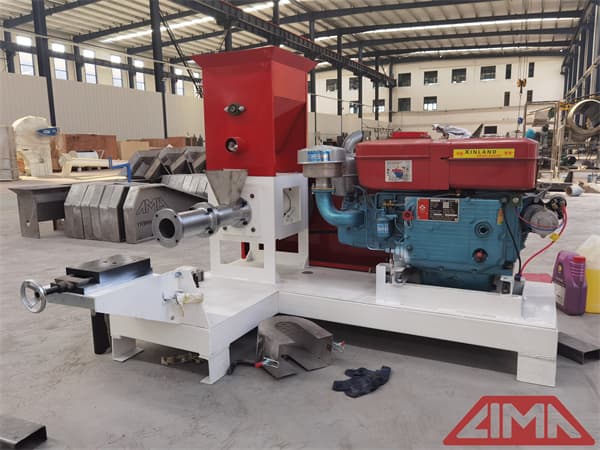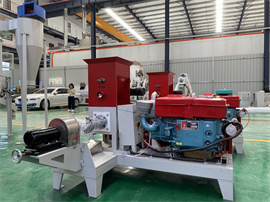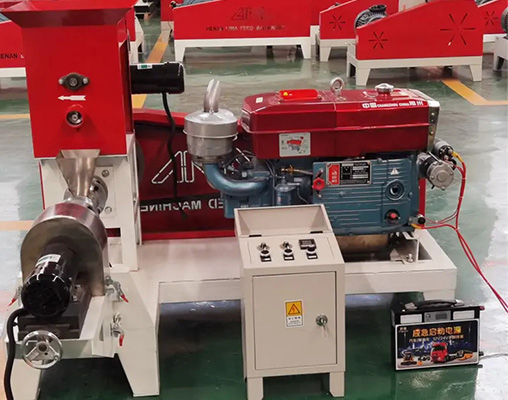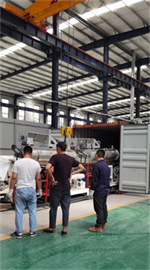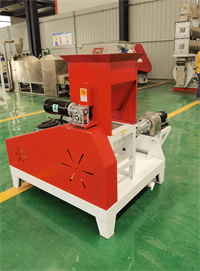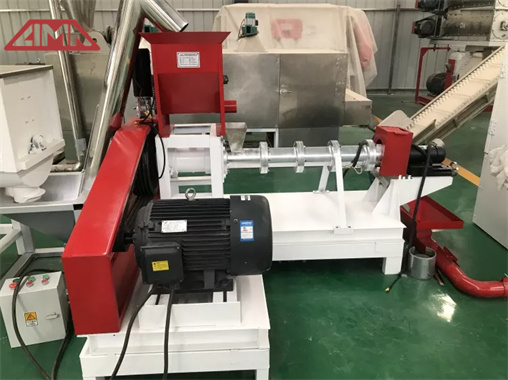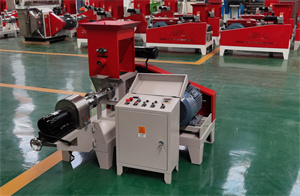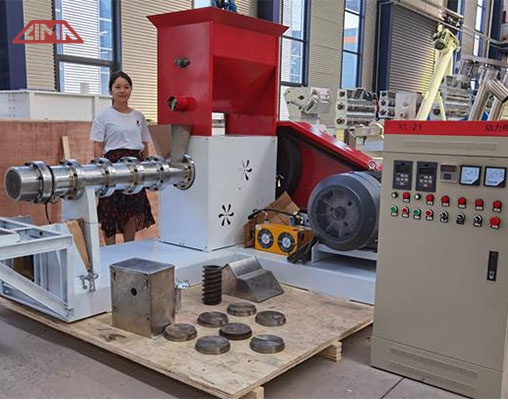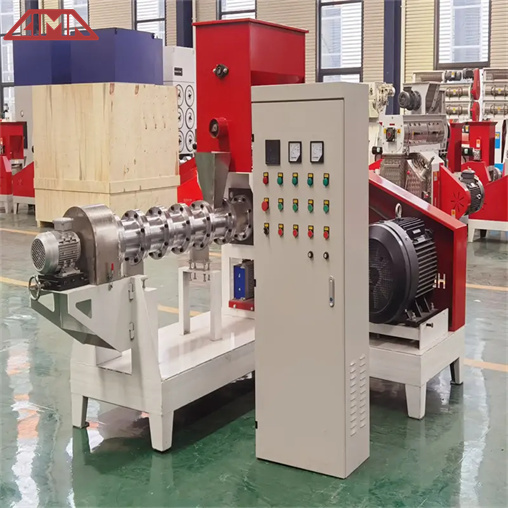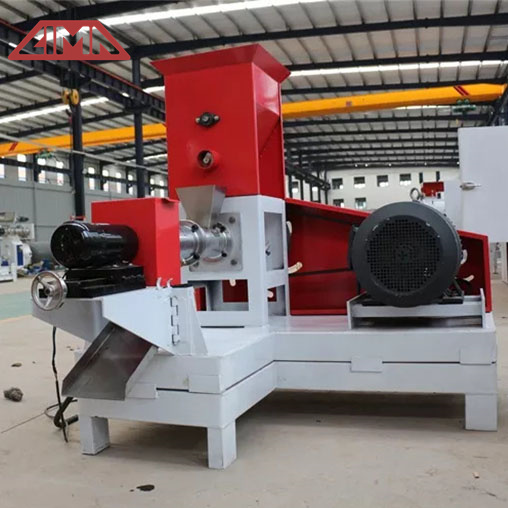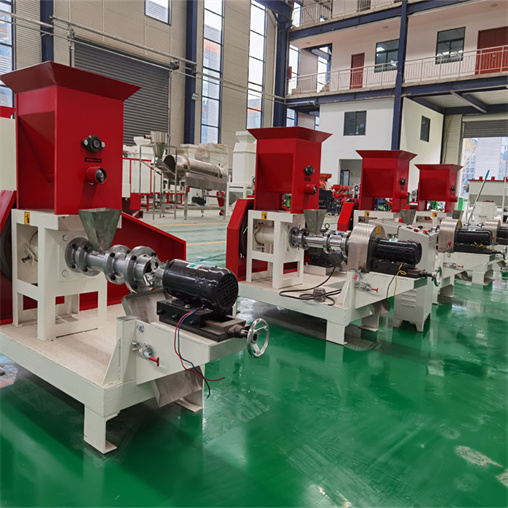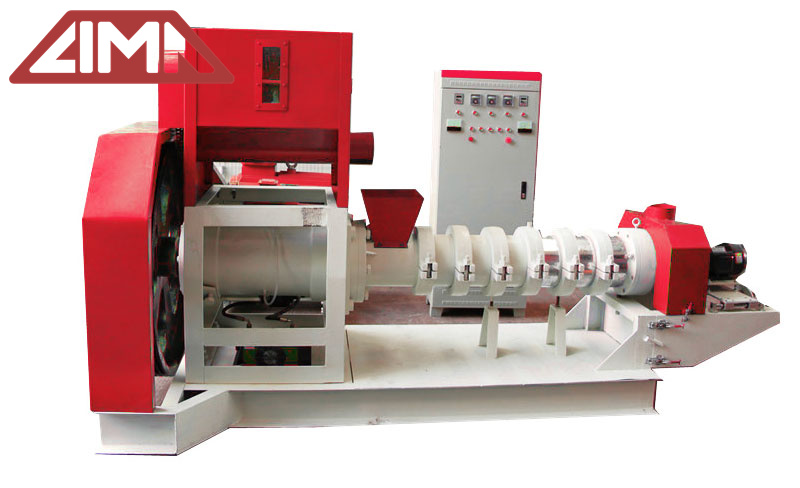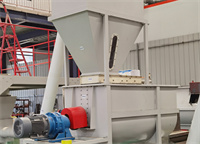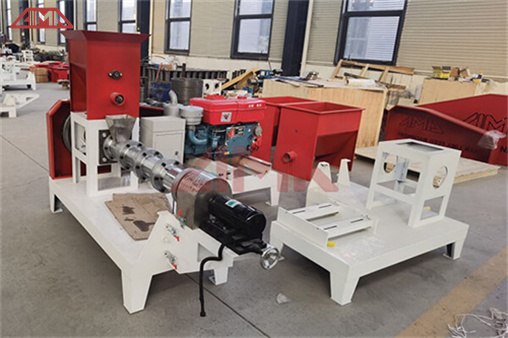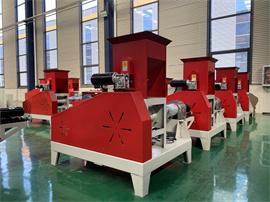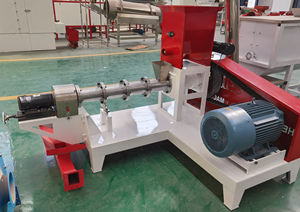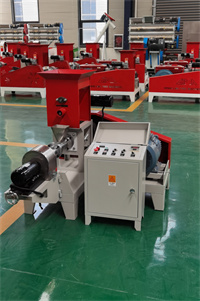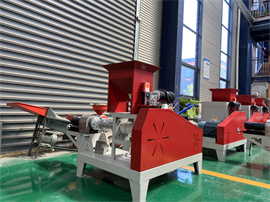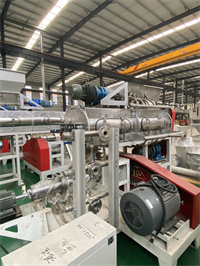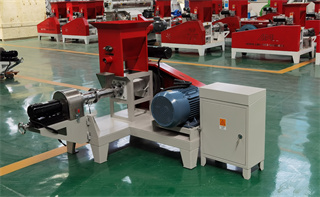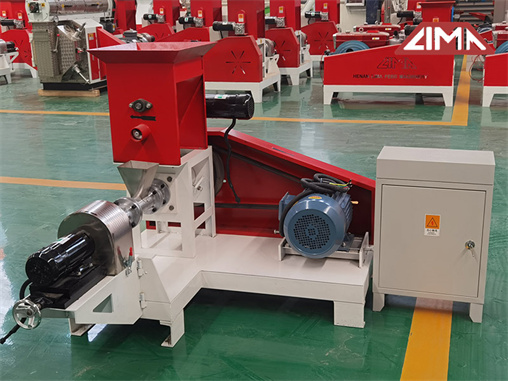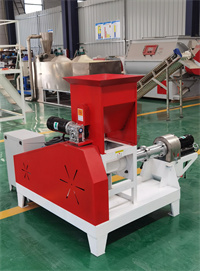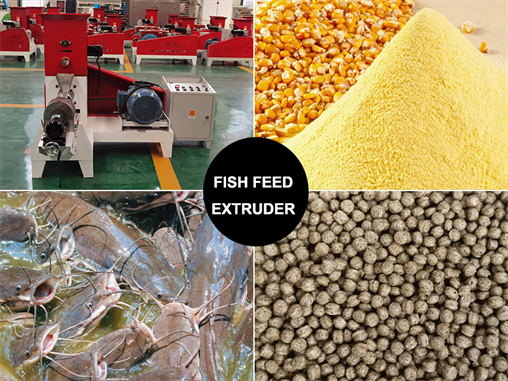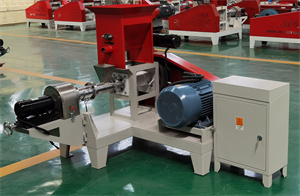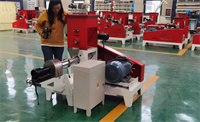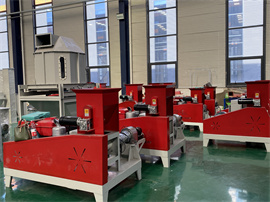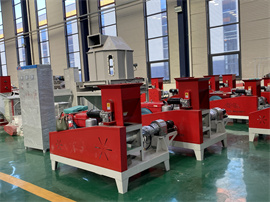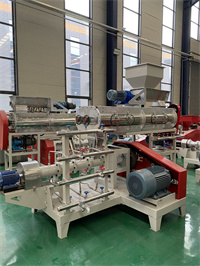Primary fish feed ingredients for better fish food
Growth in fish is regulated by factors such as access to food, water temperature and photo period. Since cultured fish get only a small portion of their food nutrients naturally, they must be fed a complete feed. Manufactured feeds normally make up 50 to 70 percent of the expenses in fish farming.
No one feed ingredient can supply all of the nutrients and energy fish need for best growth. Commercial fish feeds contain a mixture of feed stuffs and vitamin and mineral premixes that provide the right essential nutrients as well as the energy necessary to use the nutrients.
Nutrients essential to fish are the same as those required by most other animals. Fish also need protein, carbohydrate, lipids, minerals, and vitamins for healthy growth. The main ingredients of fish feed contain protein, fat and mineral substance, and raw materials of these ingredients mainly include straw meal, soybean cake, peanut cake, corn protein powder, rice bran, wheat bran and so forth. The amount of each feed ingredient depends on several factors, including nutrient requirements, ingredient cost, availability of each ingredient, and processing characteristics. So you can come to see the fish feed extruder machine in Lima.
A complete diet must be nutritionally balanced, palatable, water stable, and have the proper size and texture.
What is feed ingredients? What’s the function of each ingredients?
Protein
Feed stuffs containing 20 percent crude protein or more are considered protein supplements. Protein supplements may be classified as animal or plant proteins. Animal proteins are generally considered to be higher quality than plant proteins.
Animal proteins used in fish feeds come from marine fish meals, catfish offal meal, meat and bone/blood meal, and poultry by product meal, inedible tissues from meat packing or rendering plants, milk products.
Plant protein sources used in fish feeds are oilseed meals, such as soybean meal, cottonseed meal, and peanut meal, skim milk powder, legumes, and wheat gluten.
Energy supplements
They are mainly carbohydrates that contain less than 20 percent crude protein. It is important to include nonprotein energy sources in fish diets because they are the most economical source of energy, and they prevent dietary protein from being used for energy. It includes grain and grain byproducts like wheat, wheat middling, full cream rice bran, corn and other grain, and animal fat or vegetable oil.
Among these materials, corn has high carbohydrates that cannot be absorbed easily by fish or shrimp, so in general, corn content should be low when producing aqua feed; wheat has soft texture as starch but wheat has excellent elongation and elasticity, which makes it natural adhesion agent that can promote water stability of fish feed for long-time floating on water.
Mineral and vitamins
Vitamin and mineral plays a pivotal role in fish growth and nutrition. They provide more vitamins and minerals than what is needed for growth to make up for any losses that may occur during feed manufacture or storage. They are made from high-quality ingredients, using forms of vitamins and minerals fish can readily digest.
Common raw materials with minerals contain fish meal, shell powder, egg shell powder, calcium phosphate and bone meal.
Pigments.
A variety of natural and synthetic pigments or carotenoids are available to enhance appetite of fish. The pigments most frequently used supply the colors red and yellow. The synthetically produced pigment, astaxanthin is the most commonly used additive (100–400 mg/kg).
Cyanobacteria (blue-green algae such as Spirulina), dried shrimp meal, shrimp and palm oils, and extracts from marigold, red peppers and Phaffia yeast are excellent natural sources of pigments.
Welcome to see animal feed machine.

